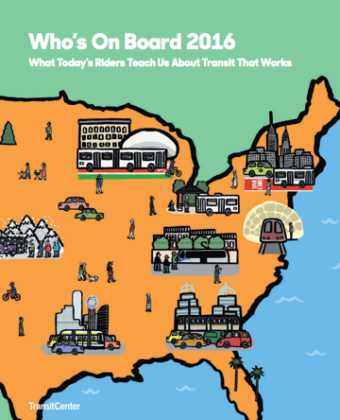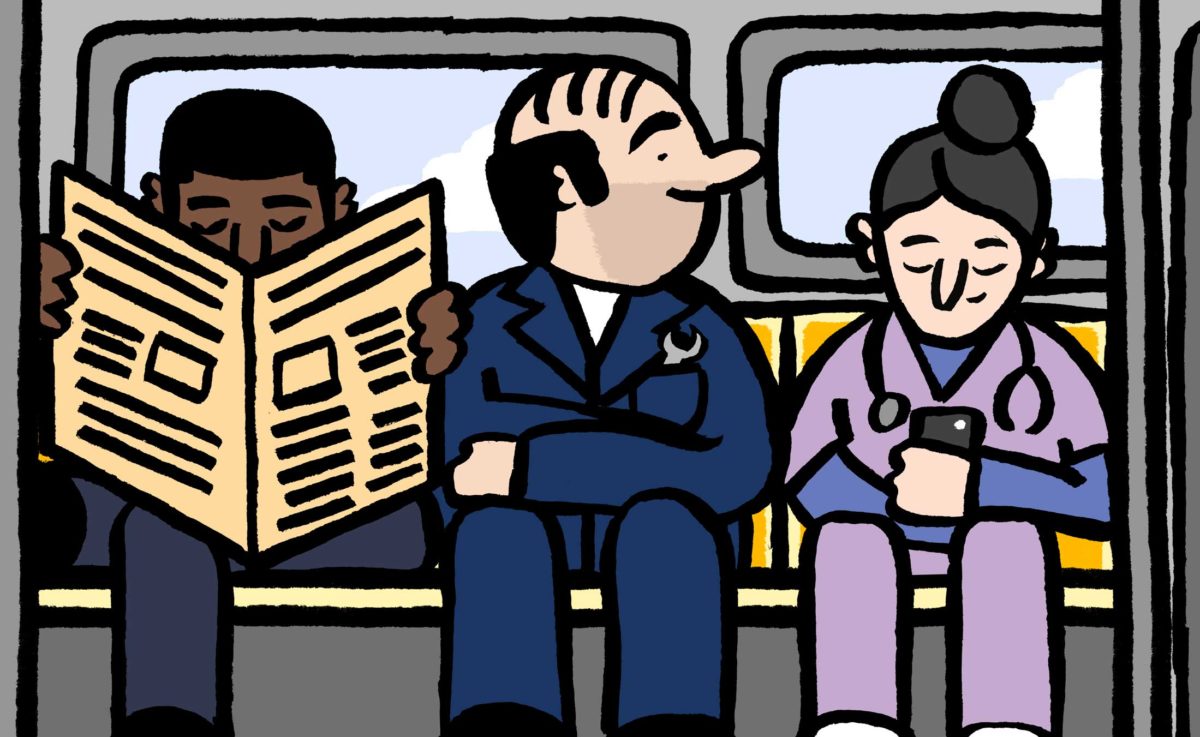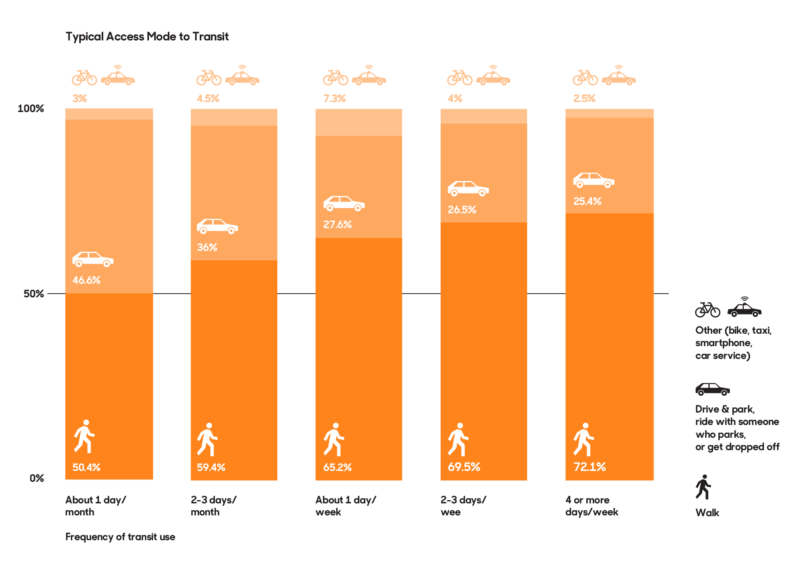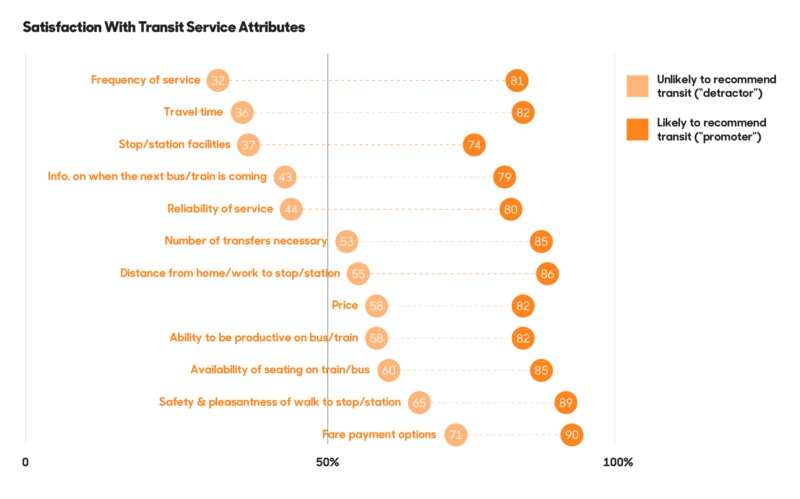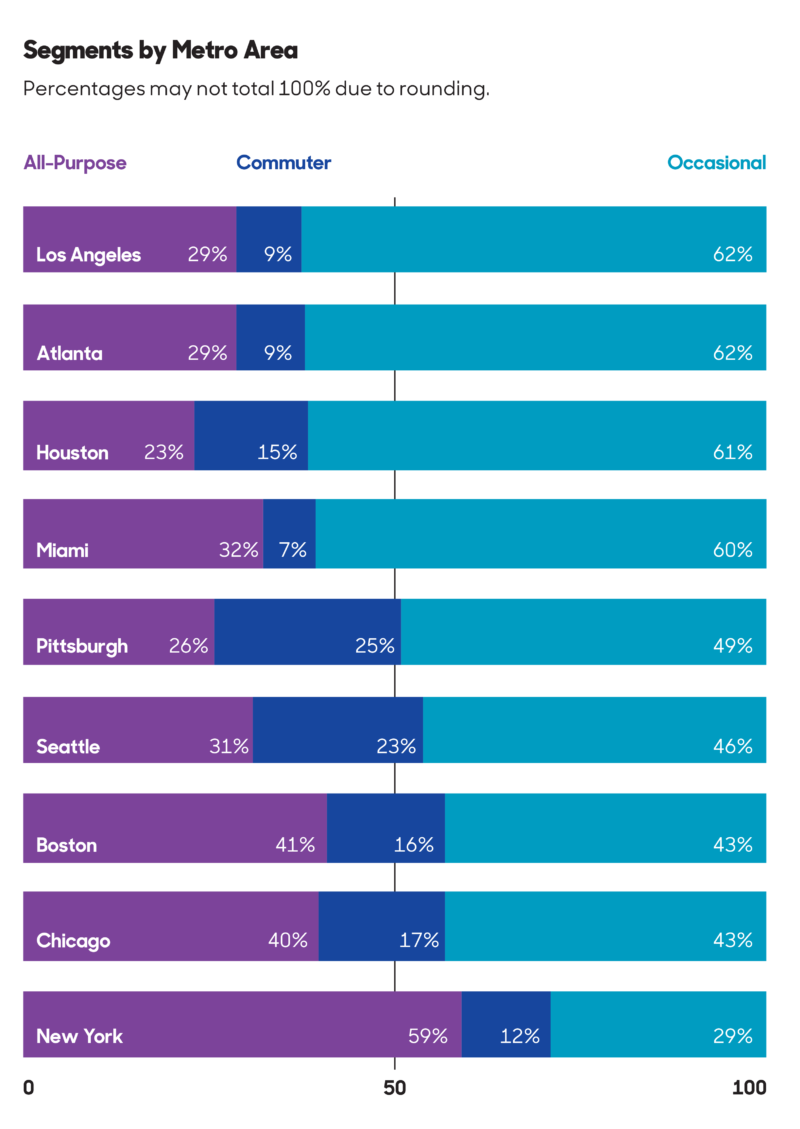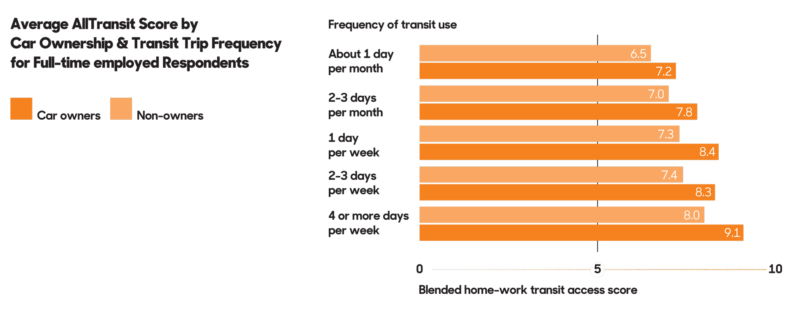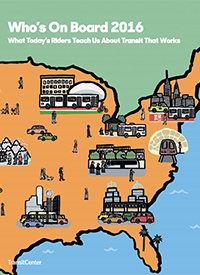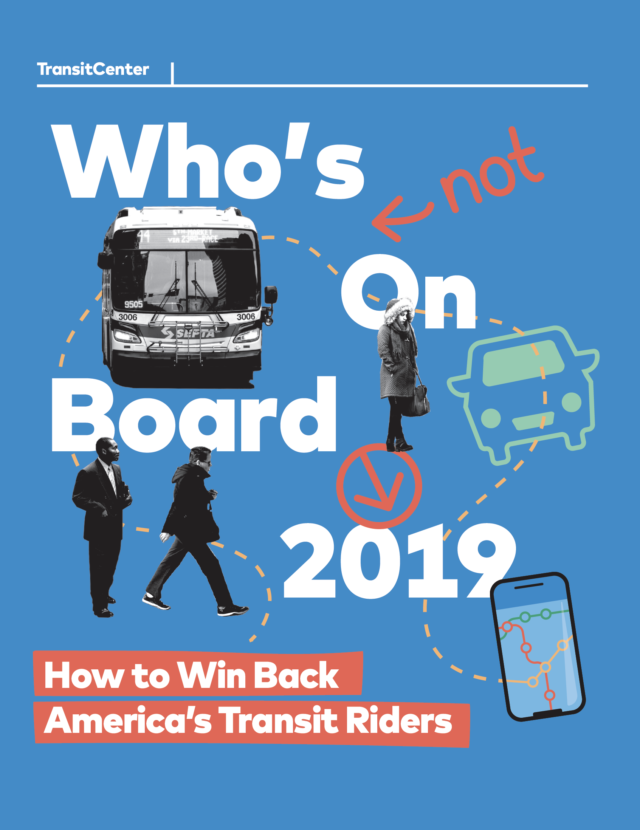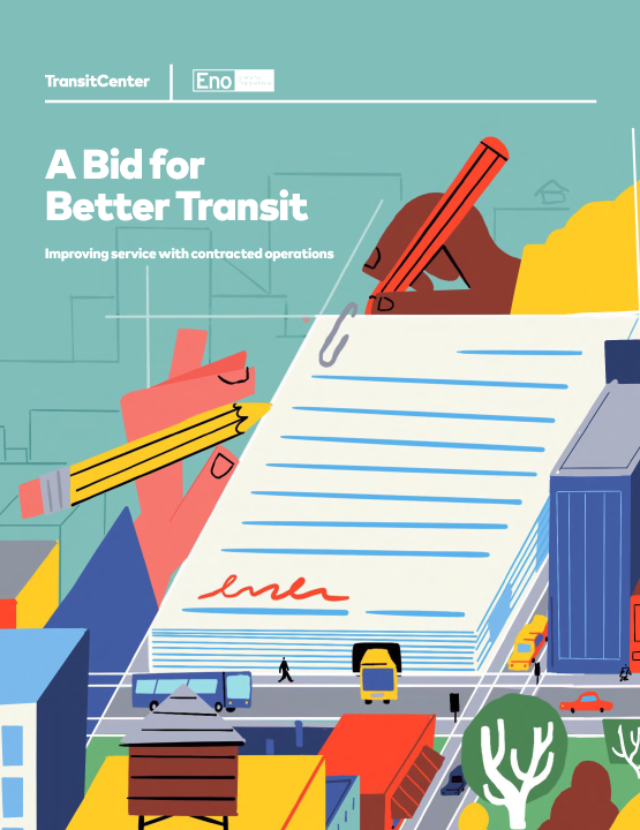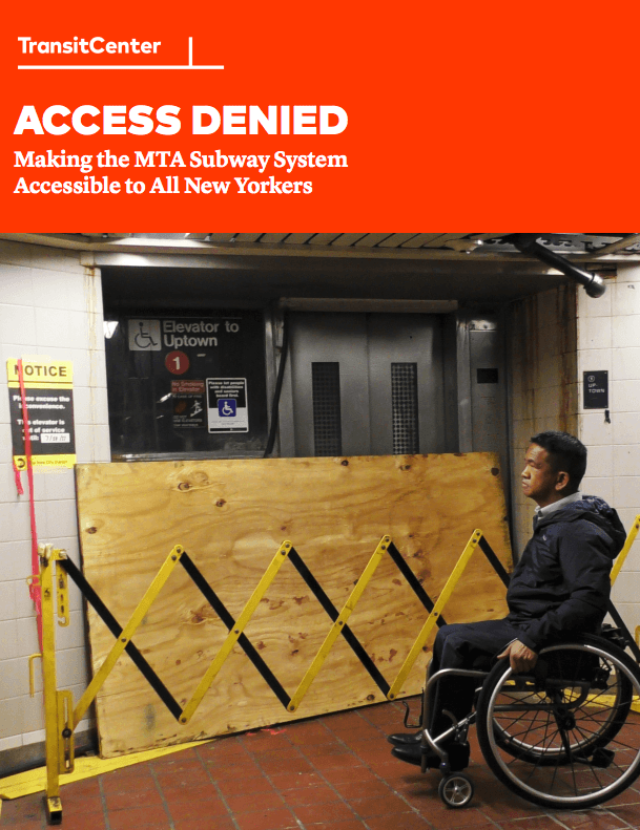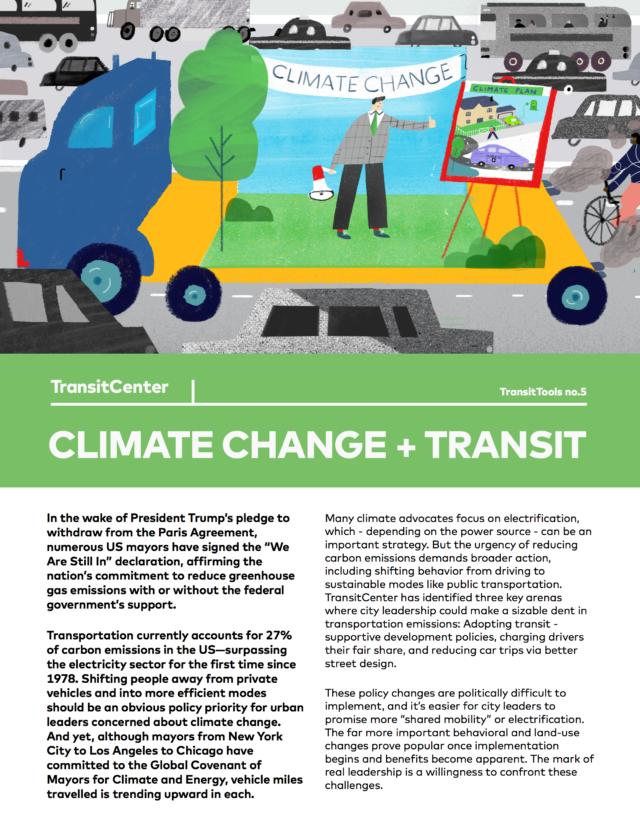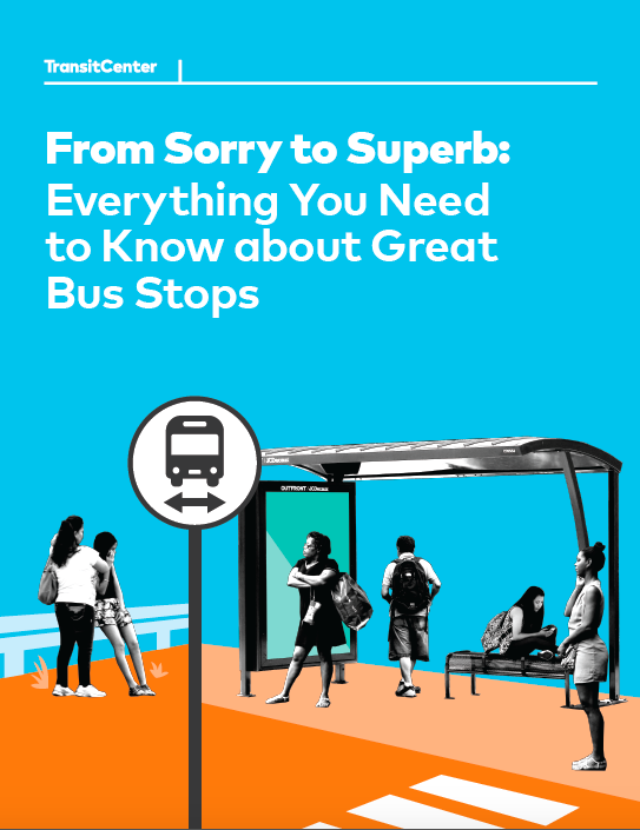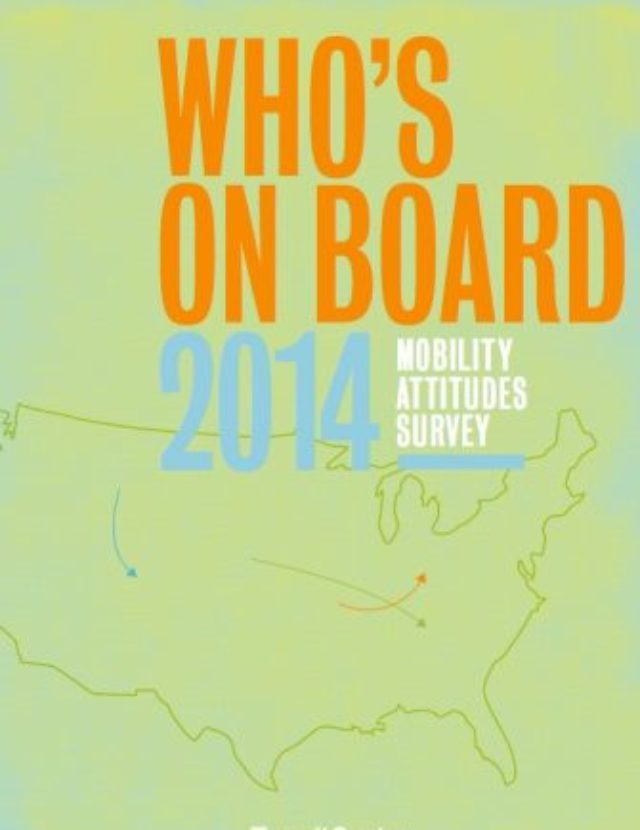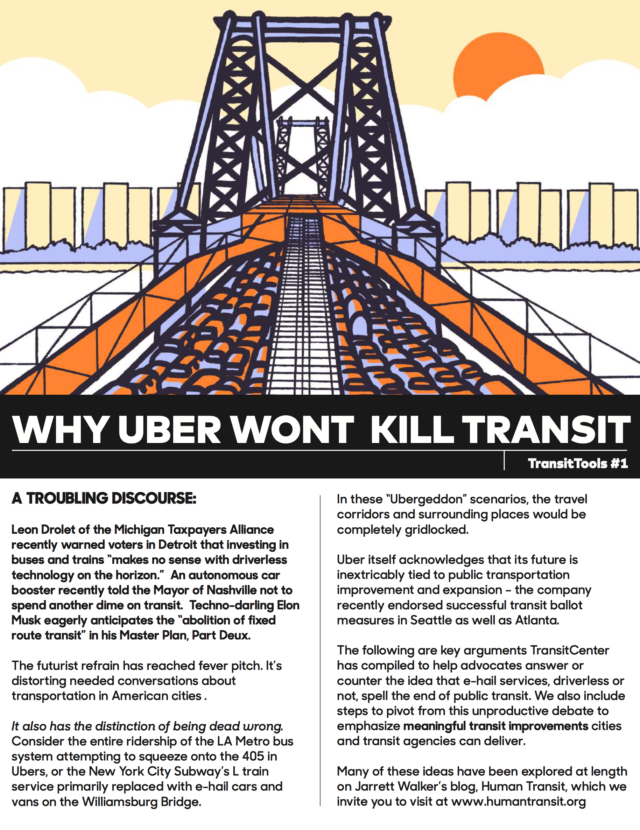Introduction
Useful transit is essential for cities to thrive. It supports development and economic growth while mitigating congestion, reduces the public health and environmental harms of transportation, and provides an affordable choice so that residents can access jobs and services without the expense of a private vehicle.
For these reasons, cities across America have been expanding and improving transit. From a ridership perspective, however, the results of these efforts have been mixed. When do people choose transit, and in what conditions? This is what Who’s On Board 2016 sheds light on. By profiling the preferences of transit riders, through both in-person focus groups and online surveys across 17 large and medium-sized cities, Who’s On Board 2016 draws public policy lessons applicable to localities across the U.S.
Press
Houston Chronicle: Study finds basic approach right for transit, July 12, 2016
Southern California Public Radio KPCC Los Angeles: Transit in LA’s walkable neighborhoods more likely to succeed, report suggests, July 12, 2016
The Urban Edge: What Makes Transit Successful? Survey Says It’s Frequency, Reliability and Shorter Travel Times, July 12, 2016
Streetsblog: The “Choice” vs. “Captive” Transit Rider Dichotomy Is All Wrong, July 12, 2016
Wired: Public Transit Riders Want Better Service, Not Free WiFi, July 12, 2016
Next City: Transit Riders Want Good Service, Not Free WiFi, July 12, 2016
City Lab: What Transit Riders Really Want, July 12, 2016
Metro Magazine: Frequent, fast service is top factor for transit success, report says, July 12, 2016
Curbed Atlanta: Could MARTA be Poised for Major Ridership Boost?, July 13, 2016
Sohu: Beijing bus offers free WiFi, but the survey shows that in the United States, it has little significance [Chinese], July 13, 2016
Curbed: Walkability Is Key for Transit Use, Says New Study, July 13, 2016
Second Avenue Sagas: Study: Frequency and speed matter; wi-fi and USB ports do not, July 14, 2016
Charlotte Business Journal: National transit survey taps into Charlotte needs [paywall], July 18, 2016
Santa Rosa Press Democrat: SMART train and Sonoma employers look for partnership possibilities, July 18, 2016
Univision Noticias: Las tres cosas que la gente realmente quiere de su transporte público [Spanish], July 18, 2016
Washington Post: Forget the bells and whistles, what transit riders want is good service, July 18, 2016
The Urban Edge: Surveys indicate most Houston Metro riders happy with service, July 26, 2016
Vox: Transit of the future needs smarter routes, not more gadgets, July 28, 2016
Grist: Forget free wi-fi: America just wants buses that show up on time, July 28, 2016
Summary of Key Findings
We find three common patterns of transit use: occasional riders who take transit once in a while, commuters who take transit regularly but only for work, and all-purpose riders who take transit regularly for multiple purposes.
- There is significant demographic diversity within each group, and the proportion of each group varies greatly by city. Occasional riders are the largest group of riders in cities with poor transit. Greater transit access and quality leads to more all-purpose ridership.
- These categories prove far more illuminating in the real world of transit use than transit-industry dogma that divides people into “choice riders” and “captive riders.” The idea that people without cars are “captive” and will use transit regardless of quality is severely overstated. It often stands as an implicit excuse for poor service in denser neighborhoods that would use transit the most, lack of market orientation, and over-commitment of resources to chasing “choice” riders in low-density suburbs.
- The majority of transit riders typically walk to transit. An overwhelming share — 80 percent — of all-purpose riders do so. Just over half of commuters and occasional riders walk to transit.
- All-purpose ridership is stronger where it’s easy to walk to transit and where transit itself is frequent and provides access to many destinations.
- The two most important factors driving satisfaction with transit are service frequency and travel time.
- Riders also value station and stop conditions, real-time information, and service reliability.
- Transit riders say the least important improvements are power outlets and Wi-Fi (out of a list of a dozen potential service improvements). Our findings call into question the fad among transit agencies touting free Wi-Fi for customers who don’t care strongly for it.
- All-purpose riders are more likely than commuters and occasional riders to use non-car means of transportation when not using transit and are the most likely to use carsharing and bikesharing systems.
- Most commuters and occasional transit riders use personal cars when not using transit, but significant numbers of occasional riders use bicycles, taxis, and smartphone-based car services.
Takeaways
The majority of transit riders, including 80 percent of all-purpose riders, typically walk to transit. This finding underscores the importance of putting transit stations in busy, walkable neighborhoods; building offices and housing within walking distance of transit; and providing more and safer pedestrian routes to transit.
The availability of information and conditions at the station or stop were also important, suggesting that real-time information and shelters are important amenities for transit agencies to provide. On the other hand, power outlets and Wifi were rated the least important items out of a list of 12 potential service improvements.
How People use Transit
Occasional riders who take transit once in awhile,
Commuters who take transit regularly but only for work,
and all-purpose riders who take transit regularly for multiple purposes.
Transit agencies should strive to grow this third category of rider, as they are the most reliable and financially efficient customers to serve. All-purpose riders are more prevalent where it’s easy to walk to transit, and where transit is frequent and provides access to many destinations.
For decades, transportation professionals have talked about two kinds of transit riders: car-owning “choice riders” who use transit when it meets their needs, and carless “captive riders” who will use transit regardless of its quality. Who’s On Board finds that the “captivity” of carless riders is severely overstated. People who live and work near better transit ride transit more often, whether or not they own cars. When transit becomes functionally useless, there are very few people who will continue to use it; agencies can take no one for granted.
People who live and work near better transit ride transit more often, whether or not they own cars.
